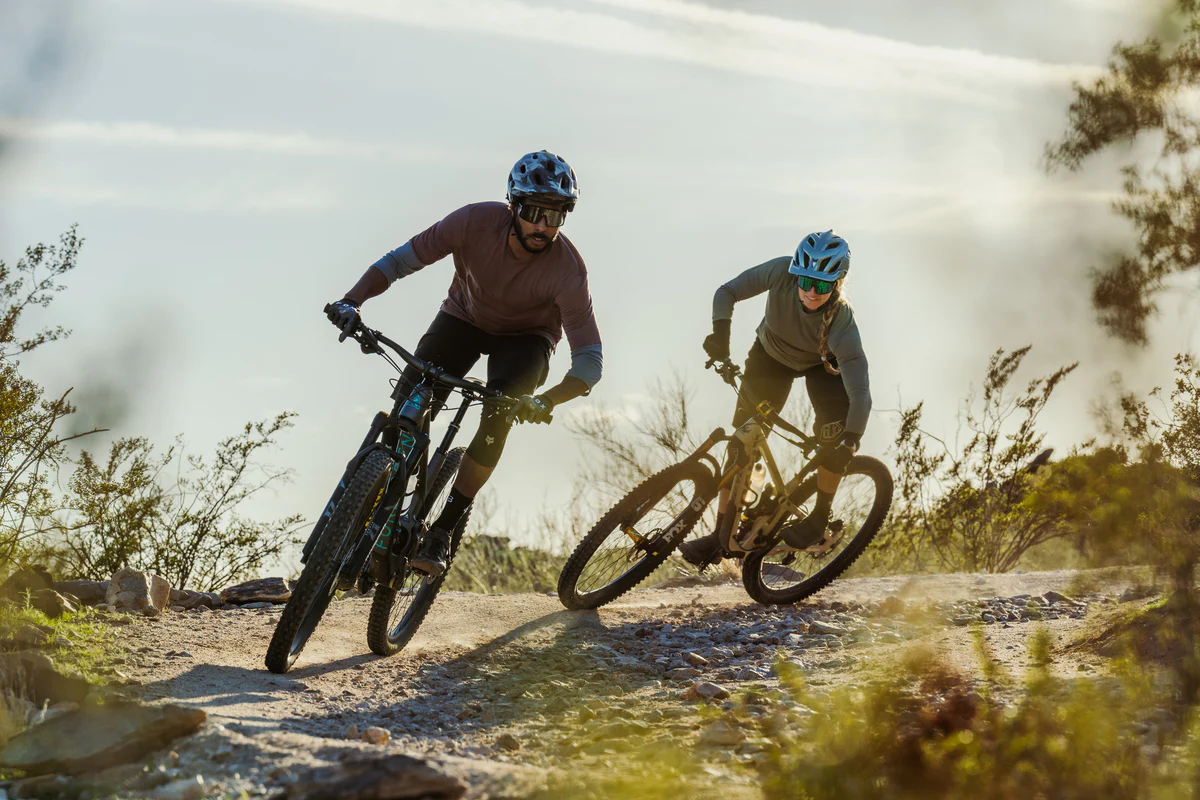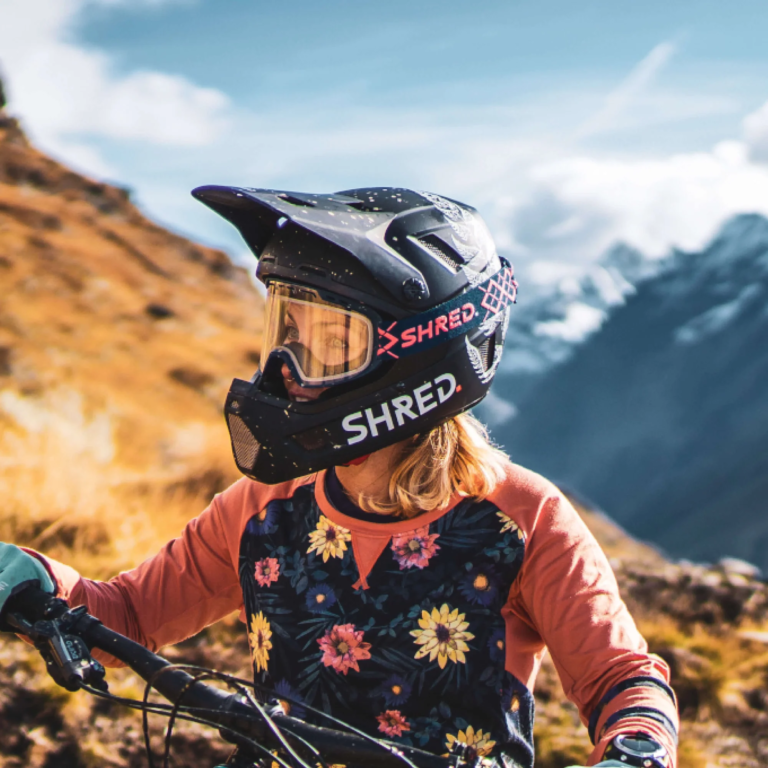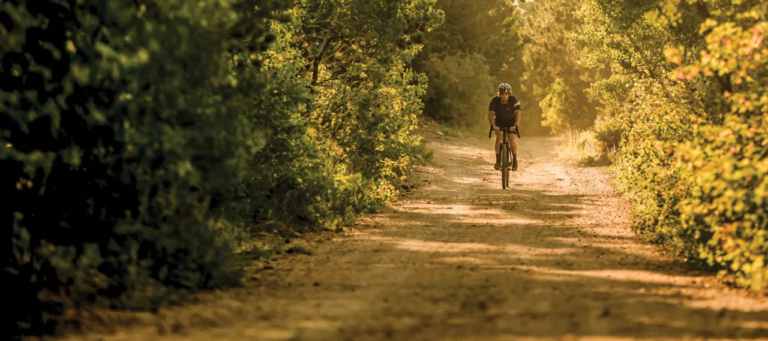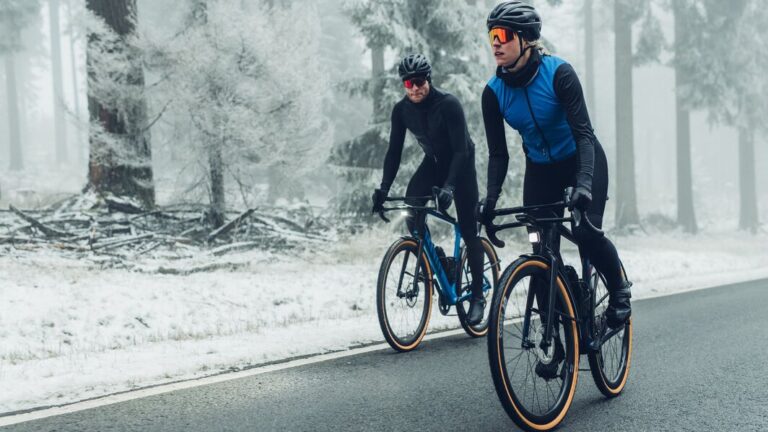Choosing the Perfect Gravel Bike Helmet for Racing: A Cyclist’s Guide
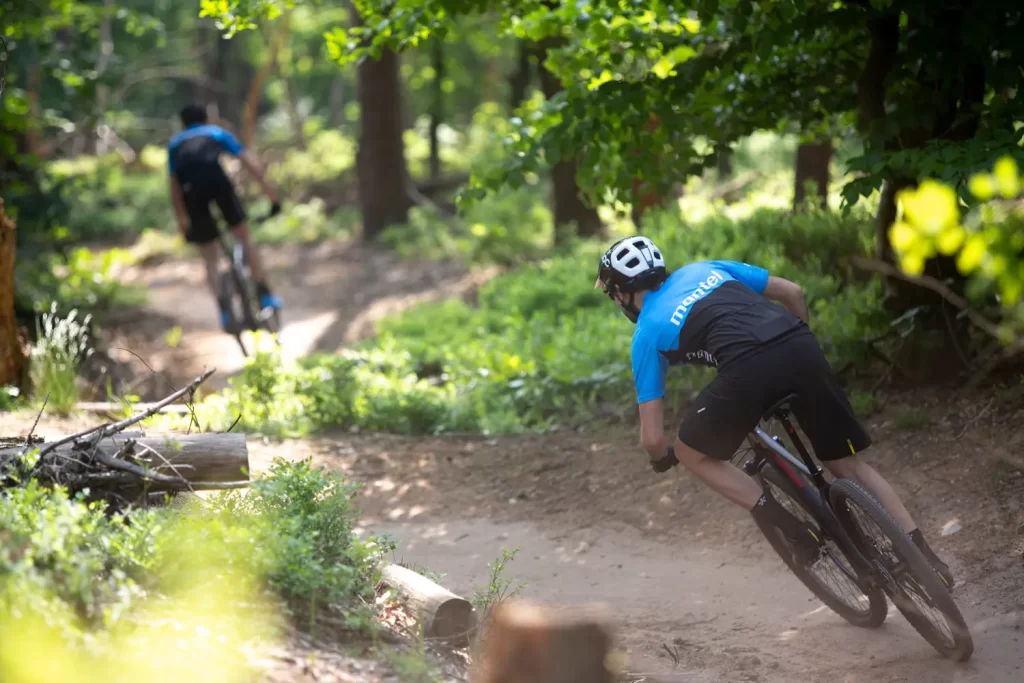
Key Point Summary of Gravel Bike Helmet for Racing:
- Racing Gravel Helmets: Characteristics of helmets suitable for gravel racing, focusing on safety, comfort, and aerodynamics.
- Competitive Cycling Considerations: Factors to consider for competitive cycling, like weight, ventilation, and fit.
- Race Gear Essentials: Understanding how a gravel bike helmet fits into the broader spectrum of race gear.
Gravel bike racing, a discipline I have come to love as a masters cyclist with years of experience in mountain, gravel, and cyclocross biking, requires not just skill and endurance but also the right gear. A critical part of this gear is the gravel bike helmet, especially designed for the rigors of racing. This article aims to provide beginner to mid-level cyclists with insights into choosing the best gravel bike helmet for racing.
Characteristics of Racing Gravel Helmets
A good racing gravel helmet combines several features: safety, comfort, and a design conducive to the demands of gravel racing. Look for helmets with MIPS (Multi-directional Impact Protection System) or similar technology that offers added protection in case of rotational impacts – a common occurrence in racing scenarios.
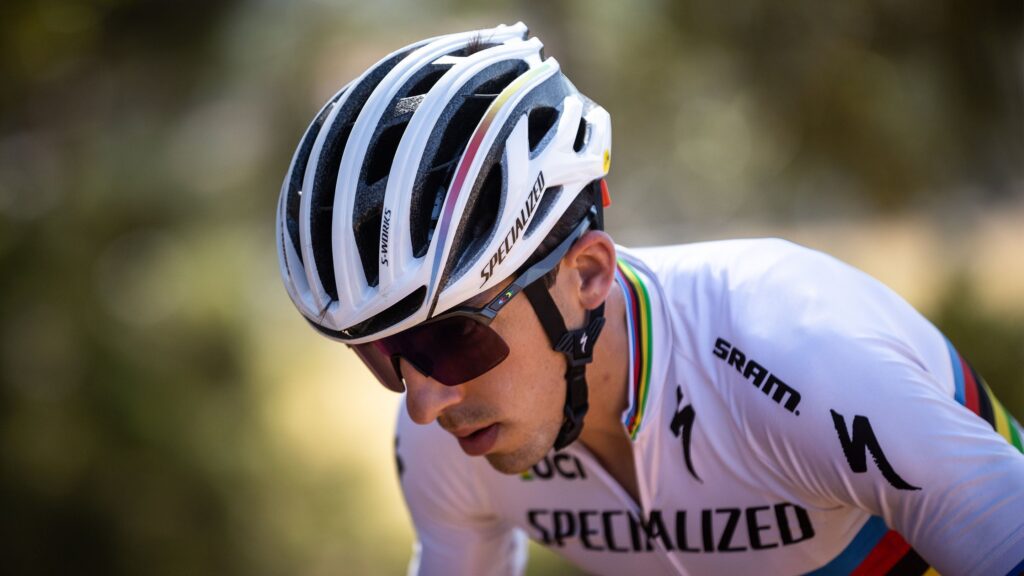
Comfort and Fit
Comfort is key in races that can last for hours. The helmet should have a snug fit but not be so tight as to cause discomfort. Adjustable straps and retention systems help achieve the perfect fit. Also, consider the padding inside the helmet; it should be sufficient to cushion your head without causing overheating.
Aerodynamics and Weight
In competitive cycling, the weight and shape of the helmet can impact performance. A lightweight helmet reduces neck strain over long distances. Aerodynamics also play a role; a well-designed helmet can reduce wind resistance, aiding in maintaining high speeds.
Ventilation
Proper ventilation is crucial. Gravel races often occur in varied conditions, and a helmet with good airflow helps regulate temperature and keeps you cool under pressure.
Visibility and Color
Choose a helmet with bright colors or reflective materials for better visibility. This is especially important in races that might extend into dusk or through wooded areas.
Compatibility with Other Gear
Ensure your helmet works well with your other race gear, like sunglasses and communication devices. Certain helmets are designed with specific integrations for such accessories.
Maintenance and Care
Regular maintenance of your helmet ensures it remains race-ready. This includes cleaning the helmet properly, checking for any damages or wear, and storing it in a safe place.
Innovations in Helmet Technology
Helmet technology is continuously evolving. Features like Bluetooth connectivity for communication, integrated cameras, or advanced materials for better impact absorption are becoming more common and can add value to your racing experience.
Choosing the Right Helmet
When selecting a helmet, consider your specific needs as a gravel racer. Try on various models to find the one that feels best. Read reviews and seek recommendations from fellow racers or reputable cycling shops.
Advanced Materials in Helmet Construction
The Specialized S-Works Prevail II is a prime example of a helmet utilizing advanced materials. It features an aramid-reinforced skeleton integrated into its EPS foam, which helps the helmet maintain its structure upon impact while keeping weight minimal. Its design optimizes protection without compromising on comfort, making it a popular choice among competitive cyclists.

Aerodynamic Testing and Design
The Giro Vanquish MIPS is a standout for its aerodynamic efficiency, shaped and tested extensively in wind tunnels. This helmet features a unique design that smooths airflow, reducing drag significantly. Its aerodynamic profile is complemented by innovative venting that provides excellent cooling, a crucial aspect for racing performance.
Helmet Care Post-Race
The Kask Protone helmet is known for its durability and ease of maintenance, making it ideal for post-race care. It’s designed with a removable and washable inner padding, allowing for easy cleaning. The Protone’s structure and materials are also resilient, standing up well to regular inspections and cleanings, ensuring it remains in top condition for future races.
Conclusion: A Helmet for Every Racer
Gravel-specific helmets are designed to offer a blend of features suitable for the unique demands of gravel riding, combining elements from both road and mountain bike helmets. Here are some models specifically tailored for gravel biking:
- POC Omne Air SPIN: Known for its SPIN (Shearing Pad INside) technology, this helmet offers great protection and is comfortable for long rides, making it ideal for gravel biking.
- Lazer G1 MIPS: Lightweight with ample ventilation, the G1 MIPS is designed for endurance riding like gravel biking. It offers the MIPS safety system and a comfortable fit.
- Smith Optics Trace Helmet: This helmet stands out for its lightweight and MIPS technology. It is designed to fit comfortably and securely, with 18 vents ensuring proper air circulation.
- Kask Rapido: Known for its dynamic road helmet design, this model uses in-mold technology and dual-density EPS foams. It features a retention system and 24 ventilation holes, making it a strong choice for summer riding.
Each of these helmets is designed with features such as enhanced coverage, robust build, and comfort, making them well-suited for the demands of gravel biking.
Choosing the right gravel bike helmet for racing is about balancing safety, comfort, and performance. As gravel racing continues to grow in popularity, so does the range of helmets designed to meet its unique demands. Investing time in selecting the right helmet can significantly enhance your racing experience, ensuring safety and boosting performance. In competitive cycling, every detail counts, and your helmet is a crucial piece of your race gear puzzle.
John
FAQ
What kind of helmet do you wear on a gravel bike?
For gravel biking, it’s ideal to wear a helmet that offers a balance of ventilation, coverage, and comfort, such as a lightweight mountain bike helmet or a road helmet with additional coverage and durability.
Can you use MTB helmet for gravel?
Yes, you can use an MTB helmet for gravel biking. MTB helmets typically offer good ventilation, coverage, and protection, which are suitable for the varied conditions of gravel riding.
How do I choose a gravel helmet?
Choose a gravel helmet based on fit, comfort, ventilation, coverage, and safety features like MIPS. Ensure it’s lightweight for long rides and has a secure, adjustable fit system for stability on varied terrain.
